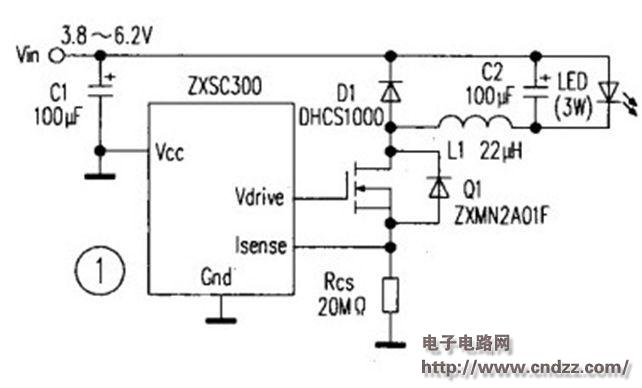Overview:
With the birth of white LEDs and their rapid development, LEDs began to enter the general lighting stage. LED is a solid-state cold light source, the fourth generation of electric light source after the incandescent, fluorescent and high-intensity discharge lamps (HID). It is now widely used in the fields of building lighting, street lighting, landscape lighting, signage, signal lights, and lighting in residential buildings.
There are currently three main types of LED-powered power supplies: low-voltage batteries, solar cells, and AC mains. Regardless of which raw power source is used, it must be converted to meet the operating conditions of the LED. Such a power conversion circuit generally refers to an LED driving circuit. In LED solar power systems, batteries or supercapacitors are also needed to store solar energy. When lighting is required at night, the battery or supercapacitor is discharged through the control circuit to supply power to the LED drive circuit.
The combination of solar and wind energy and LED is a highlight of LED applications. It will bring light to the poor and remote areas of the Third World, and let the brilliance of green lighting illuminate every corner of the world.
1. Low-voltage DC-powered LFD drive circuit
1. When the input voltage is higher than the LED voltage, when the input voltage is higher than the voltage drop of the LED or LED string, a linear regulator or a switching buck regulator is usually used.
(1) Linear Regulator The linear regulator is a DC-DC buck converter. Most of the linear regulators used in the LED driver circuit are low-dropout regulators (LDOs), which have the advantage of not requiring inductive components, requiring a small number of components, no EMI, and low voltage drop. However, compared with switching regulators, LDOs have higher power losses and lower efficiency. LDOs often need to add a heat sink when driving high-power LED strings of 350mA or more.
(2) Switching buck regulators Switching buck regulators based on monolithic dedicated ICs require an inductive component. Many buck regulators have switching frequencies above 1MHz, resulting in very small external components, occupying very small space and achieving efficiencies of over 90%. However, such converters generate switching noise and have EMI problems. Figure 1 shows a 3W LED step-down driver circuit based on the Zetex ZXSC300. The RCS is a current sensing resistor, and D1 is a 1A Schottky diode. At an input voltage of 6V, the current through the LED is 1.11A. The ZXSC300 is available in a 5-lead SOT23 package. 
There are many buck converter monolithic ICs that integrate the switching MOSFET (Q1) and the buck diode (D1) on the same chip, further reducing the number of external components.
(Please read the PDF for details)
Detachable Earbuds,Earphones With Detachable Cable,Earbuds With Detachable Cable,Earbuds With Replaceable Cable.
Earphone with detachable cable,it is convenient for listening to music and doing sports. it is a special design for audiophile, bring you different experience and feelings.
China Detachable Earbuds,Earphones With Detachable Cable,Earbuds With Detachable Cable Supplier.
are you Looking for a good deal on detachable wired Wireless Earphones hifi ? Explore a wide range of the best detachable wired wireless earphones hifi on bossgoo to find one that suits you! Besides good quality brands, you`ll also find plenty of discounts when you shop for detachable wired wireless earphones hifi sport during big sales
Detachable Earbuds,Earphones With Detachable Cable,Earbuds With Detachable Cable,Earbuds With Replaceable Cable
Dongguang Vowsound Electronics Co., Ltd. , https://www.vowsound.com